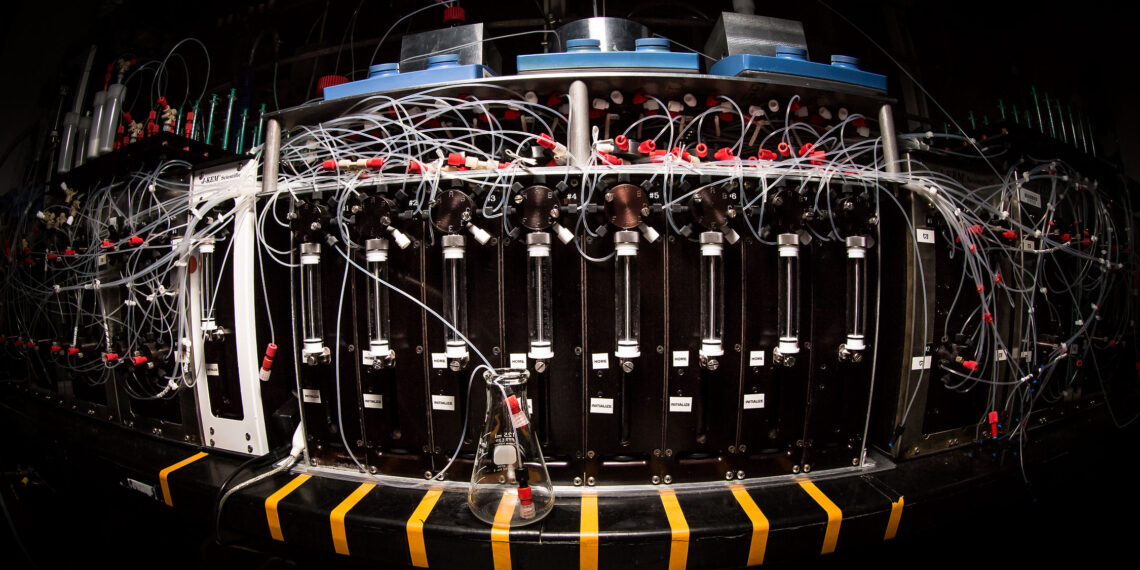3D printing has come a long way since the first desktop devices appeared. From the invention of the first desktop 3D printer in 1981 to today’s top-of-the-line commercial printers, 3D printing has progressed rapidly and continues to evolve at a rapid pace.
In the near future, we can expect additive manufacturing technology to continue advancing as well. Here are some of the most exciting advancements in additive manufacturing technology that will transform how engineers design products in the coming years.
Dual Material Printing
Dual material printing has the potential to completely change how products are designed. Dual material printing allows designers to create functional parts that can be assembled together like a 3D-printed jigsaw puzzle. To achieve this, 3D printing is normally used to lay down a material that can adhere to a second material. Once the two materials are printed, they can be glued together by hand.
This allows engineers to create parts that are more complex than a 3D printer could print by itself. This could be useful for creating complex assemblies such as a battery or a circuit board. Additionally, printing plastics and metals with a single printer could allow the production of highly durable, high-quality parts.
Better Material Makers
One of the most exciting advancements in 3D printing is the growing number of materials that can be used to 3D print. Currently, some 3D printers use a material with a melting point lower than the plastic components being printed.
However, there are several materials that are being developed that can be used to 3D print with plastics. This could allow engineers to print better and more durable materials, resulting in additive manufacturing that moves away from the limitations of polymers.
Printed Electronics
Electronics have come a long way since the first transistor was 3D printed. Today, 3D printing electronics for the consumer market is becoming more common, although the technology still has a long way to go before it can replace traditional manufacturing methods. As the technology continues to mature, printed electronics are expected to become a viable alternative to conventional electronics manufacturing.
Self-Assembly Objects
Self-assembly objects will likely become a part of every 3D printer’s arsenal. When designing a part, engineers often need to create objects with specific geometries. Unfortunately, designing these parts can be difficult and time-consuming. Self-assembly objects can solve this problem.
With self-assembling 3D printing, engineers can create complex geometries like lattices and meshes. The printer then combines these geometries to create a final object. Self-assembly objects can also be useful for creating functional shapes like bowls and vases.
Wearable Additive Manufacturing
Wearable manufacturing has quickly become a reality. From the printing of prosthetic limbs to the printing of clothing, 3D printing is quickly becoming the de facto standard in the industry. For example, companies like FDM allow engineers to upload designs and create a 3D-printed product on demand.
This could allow engineers to create specific parts such as electronic devices and sports equipment in a more flexible way. As this technology continues to mature, printed electronics are expected to become a more common part of 3D printing. Additionally, it is expected that printing plastics and metals with a single printer could allow the production of highly durable, high-quality parts.
Concrete From Sand
The most exciting additive manufacturing advancement that we are likely to see emerge in the near future is the ability to 3D print concrete from the sand. For years, engineers have been able to create concrete 3D printing with traditional extruders. However, making such a printing system robust enough to handle sand has been a challenge.
However, a team of researchers from the University of Akron has found a simple solution to this problem. The researchers were able to 3D print concrete from sand by first mixing sand and plastic powder. The researchers then extruded the mixture and 3D printed the concrete.
Once the concrete was printed, it had to be cured in an oven. This process was similar to the process used to make regular concrete. With such a simple process, it is likely that 3d printing of concrete will become mainstream in the near future.
Binderless Printing
Another exciting advancement that could transform the 3D printing industry is binderless printing. Binderless printing is a type of additive manufacturing that uses self-healing materials. Self-healing materials are designed to be able to easily heal cracks and cracks in the printing process.
Additionally, self-healing materials are expected to be extremely durable and able to withstand high temperatures. Once the printing process is finished, the material is expected to self-heal, making it almost impossible for any damage to occur. This could completely change the way engineers design parts and how products are made in the future.
Final Words
The additive manufacturing industry is growing at a rapid pace and will continue to change the way products are designed and manufactured. Advanced 3d printing technologies like dual material printing, binderless printing, and self-healing materials will likely become mainstream in the near future.



